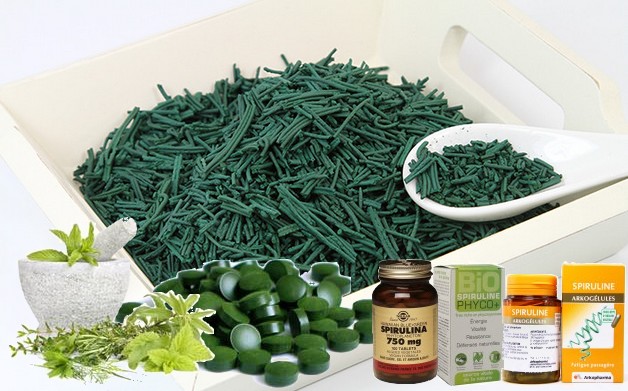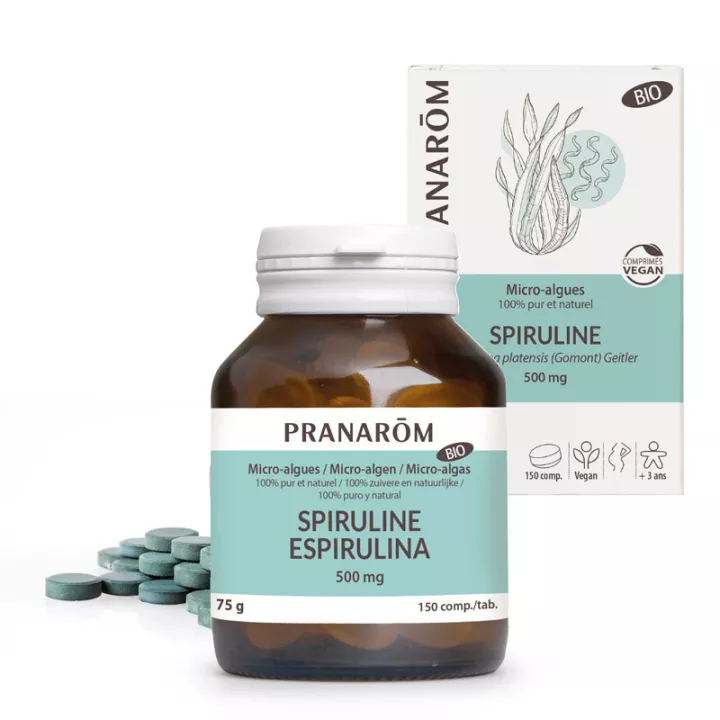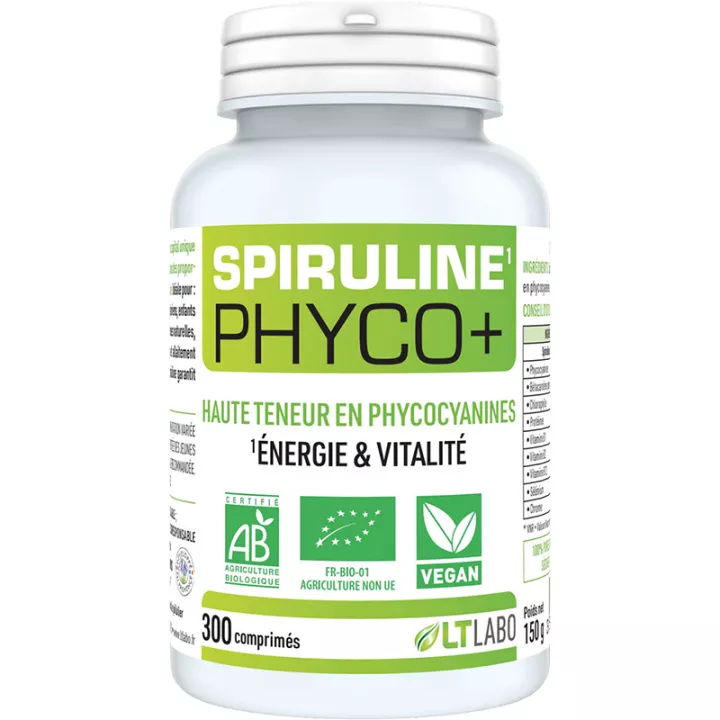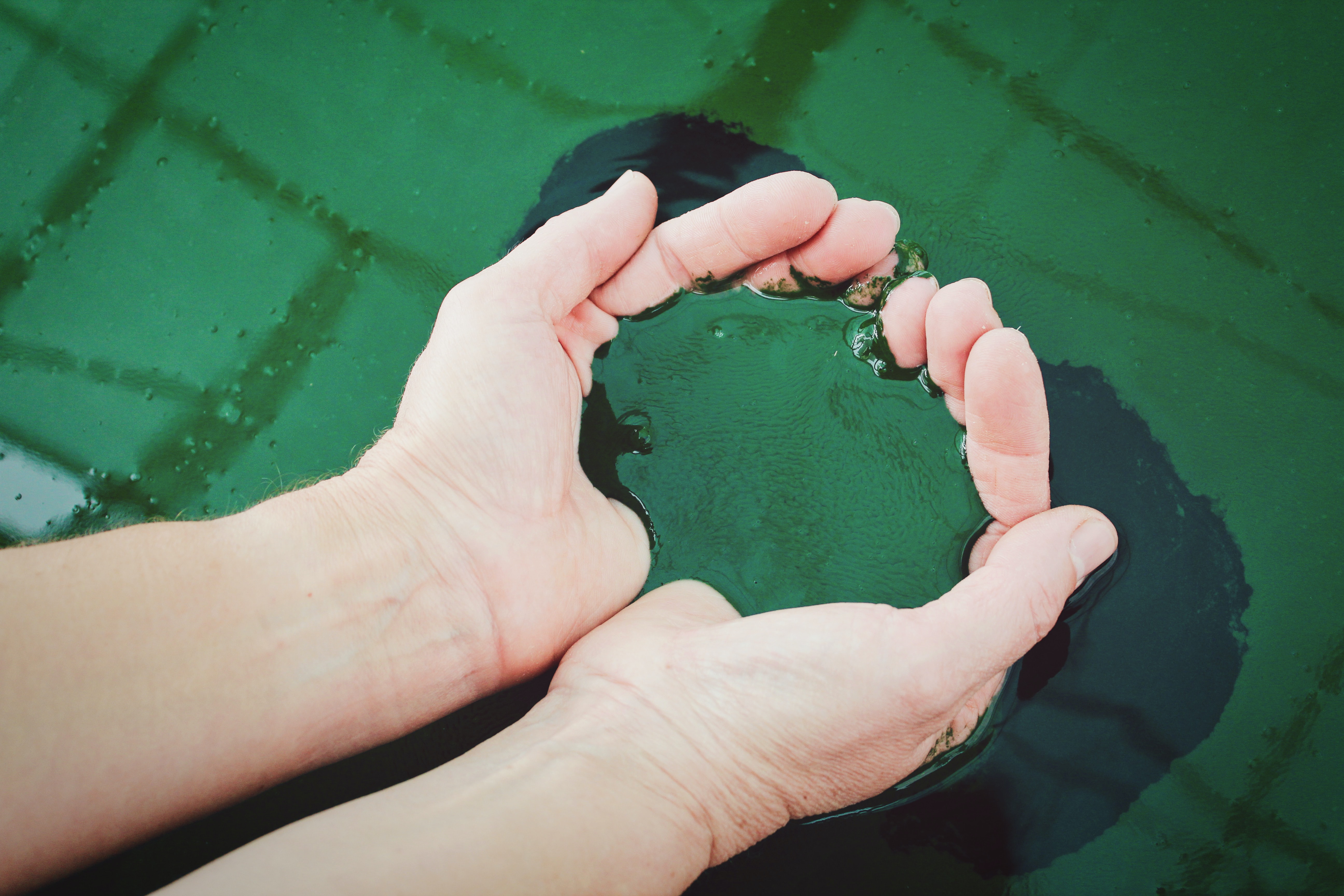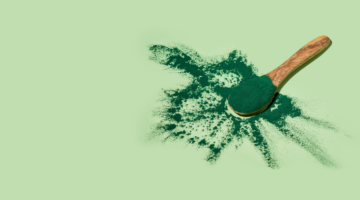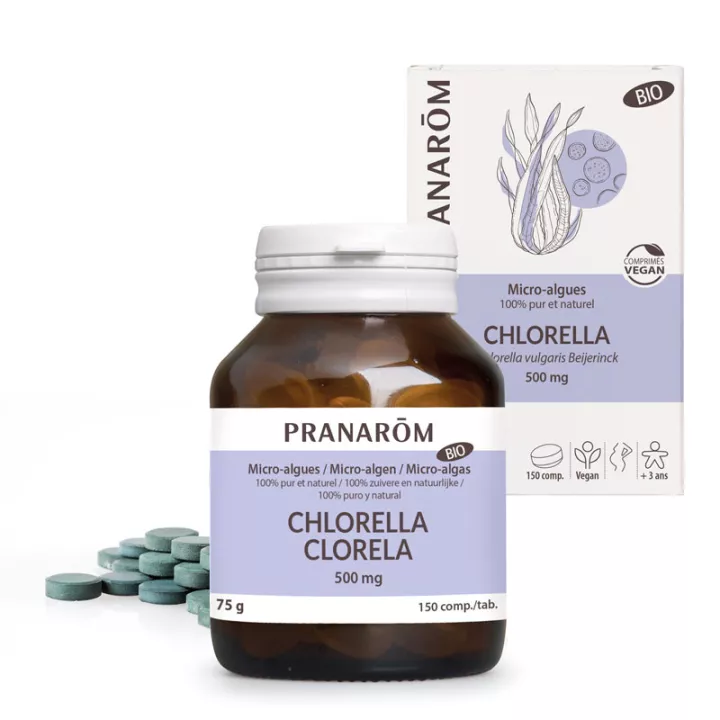What is Pranarôm Spirulina Micro Algae 500 mg used for?
When can you take Spirulina Micro Algae?
- You're tired and want to boost your vitality
- You want to boost your immune system
- If you're an athlete and want to improve your endurance and resistance to physical exertion
- You're looking for a natural source of antioxidants
- You're deficient in nutrients and want to provide your body with all it needs.
Spirulina is known for its high protein content. High-quality, easily assimilated proteins. All the amino acids are present, especially the essential ones, which the body cannot produce and which must be supplied by the diet. Thanks to its high percentage of natural plant proteins, spirulina can form the basis of a protein diet.
Spirulina, whose scientific name is spirulina Arthrospira Platensis, is a blue-green filamentous cyanobacterium. It is often mistakenly considered an algae. Viewed through a microscope, spirulina appears as spirally wound filaments, hence its name.
Cyanobacteria are also known as cyanophyceae or blue-green algae. They are photosynthetic bacteria. They need solar energy to synthesize their organic molecules. Their blue-green pigments(phycocyanine, chlorophyll) enable them to capture light.
This algae is exceptionally rich in:
- proteins (60 to 70% of its dry weight)
- group B vitamins
- beta-carotene
- essential trace elements such as iron and selenium
- mineral salts
Spirulina is also an excellent source ofalpha-linolenic acid, after breast milk and some rare oils. Spirulina has been described as a "superfood", and is considered by the World Health Organization to be the best food for humanity in the 21st century, thanks to its exceptionally rich composition. It grows naturally throughout the world. It can, however, be artificially cultivated in ponds.
We also offer you Superdiet Spirulina Bio Tonus et Vitalité, at the best price in our online pharmacy.
How to use these tablets
2 Spirulina Micro Algae tablets a day, to be swallowed with a little water.
Give your opinion on the advice for use and dosage of Spiruline Micro Algues 500 mg Boite de 150 Comprimés with our partner Verified opinions after your purchase.
What are the precautions for use?
- Keep out of reach of young children
- Not a substitute for a varied, balanced diet and a healthy lifestyle.
- Do not exceed recommended dose
- Keep away from sources of heat and light, and store in a dry place.
- Best before the date indicated on the packaging.
FAQ : Your Questions, Our Answers
What are the benefits of spirulina for skin and hair?
Rich in antioxidants, amino acids and vitamins, spirulina helps improve skin radiance, strengthen hair and stimulate hair growth.
Can spirulina be taken every day?
Yes, spirulina can be taken on a daily basis, in accordance with the recommended dosage. However, it is advisable to take a break between courses of treatment to avoid over-consumption of certain nutrients.
Does spirulina help with weight loss?
Although spirulina is not a fat burner, it does promote satiety thanks to its high protein content, helping to control appetite.
Are there any side effects?
During the first few days of taking spirulina, some people may experience headaches, bloating or slight fatigue, signs of detoxification of the body. These effects generally disappear rapidly.
Is spirulina suitable for vegetarians and vegans?
Yes, it's an excellent source of vegetable protein and iron, ideal for complementing a vegetarian or vegan diet.
What is its composition?
100% Spirulina microalgae
Presentation: Spirulina Micro Algae Pranarôm comes in a box of 150 tablets.
Our advice and expert opinions
Spirulina is ideal for athletes of all levels.
By mobilizing their muscles more intensely, for longer, or in unusual ways, sportsmen and women produce metabolites such as lactic acid and creatine phosphokinases, which subsequently cause muscle pain, aches and cramps, especially if proper stretching is not provided for after exercise.
Spirulina can help athletes by increasing the synthesis of an enzyme called lactate dehydrogenase, whose role is to limit the production of lactic acid during exercise, and facilitate its transformation in the liver.
Furthermore, the phycocyanin contained in spirulina inhibits the formation of the highly inflammatory leukotriene B4, cyclo-oxygenase and lipo-oxygenase, 2 enzymes involved in inflammation and the associated sensation of pain.
On another level, spirulina contains highly-assimilable iron, which contributes to the development in size and number of red blood cells, one of the major roles of which is to transport oxygen to the cells. A satisfactory level of iron in the blood, whose binding is facilitated by the presence of vitamins B9 and B12 in spirulina, provides athletes with a reliable supply of energy, both quantitatively and qualitatively, enabling them to increase the intensity and duration of their efforts.
Finally, spirulina contains a very important essential amino acid, triptophan, a precursor of melatonin, among other things. Melatonin is responsible for the rhythm and quality of our sleep, and therefore for our physical recovery and fatigue. Thanks to spirulina, sportsmen and women will benefit from restorative rest, and their physical recovery will be all the better for it.
